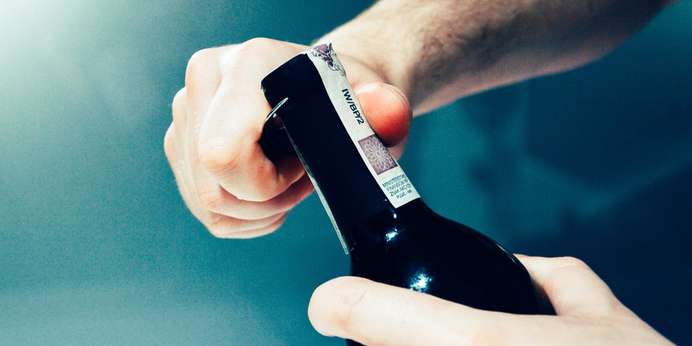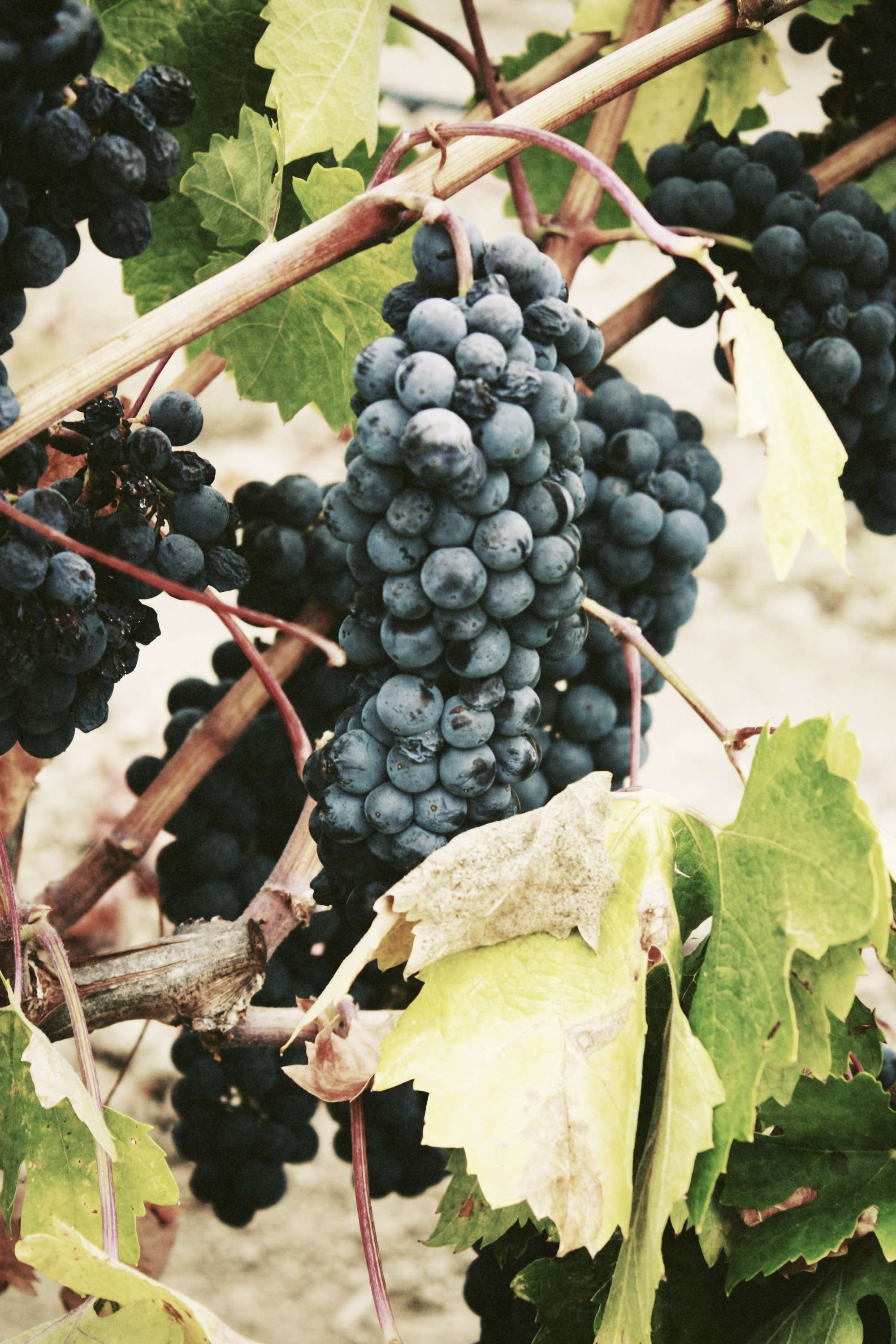
Color is so essential to our experience of wines that it can fundamentally alter our sensory perceptions. Image Source: Pexels user stock.tookapic.com
I don’t like red wine. I have unshakeable faith that there is a difference between how red wines taste and smell and I will pass them over in favor of a white wine regardless of type or origin. I also know that this has no basis in reality.
A 2001 psychological study led by Frédéric Brochet from the University of Bordeaux invited a panel of 54 wine experts to evaluate the flavor and scent of one white wine and one red. The experts responded by describing white wines in terms commonly used when speaking about white wines while the red wines were described in typical red wine terms, with phrases like “crushed red fruit” and “jammy.” The problem is that the wines were, in fact, identical white wines, one of which had been dyed with scentless artificial food coloring. The flavor and olfactory differences reported were not qualities of the wines themselves, but ascribed based on pre-existing associations with visual information. Rather than describing the wines, the experts were describing their assumptions about wine color.1 If people who have devoted their careers to the categorization, description, and experience of wines can’t tell the difference between whites and reds, what chance do I have? But despite this knowledge, I cannot suppress this automatic response to wine color, which Brochet described as “a perceptual illusion.”2
The fact that we may not be able to tell the difference between whites and reds based on taste and scent alone doesn’t mean that wine color is irrelevant. In fact, it demonstrates just how central color is to shaping our experiences of wine and how vital color is to sensory perception. As Ronald S. Jackson points out in Wine Tasting: A Professional Handbook, “Color is such is a critical element in sensory memory that identification may become markedly distorted without it.”3 Under the larger umbrellas of white and reds, specific hues within each category can deeply affect our sensory expectations and associations and, by extension, inform how we ultimately understand a particular wine. Fully harnessing the potential of this perceptual phenomenon to create wines that speak to consumers requires thorough color measurements to evaluate the color quality of each wine.

Wine color relies on not only the raw materials used to make the wine, but the processing and aging of the wine. Image Source: Pexels user Jason Hughes


